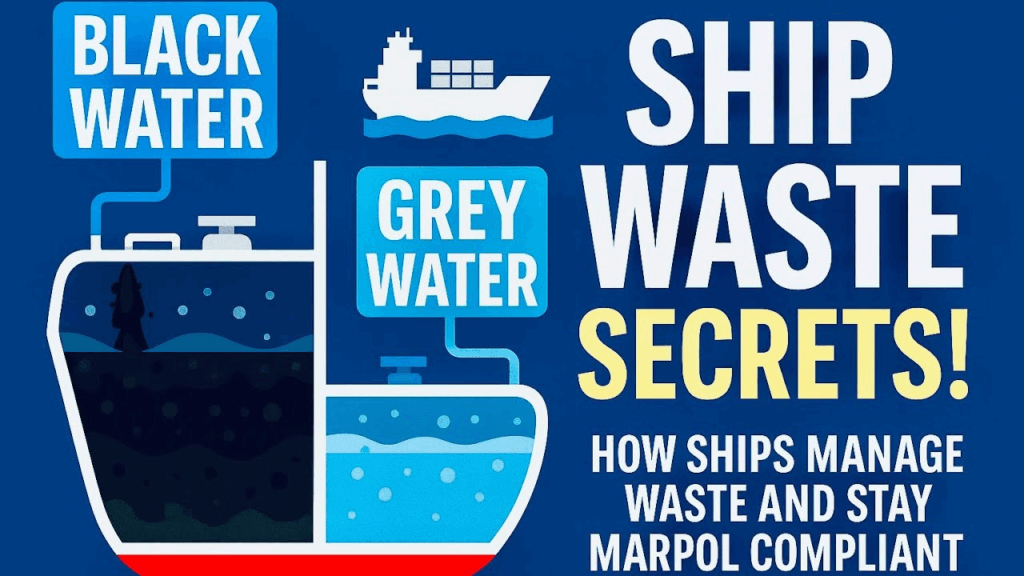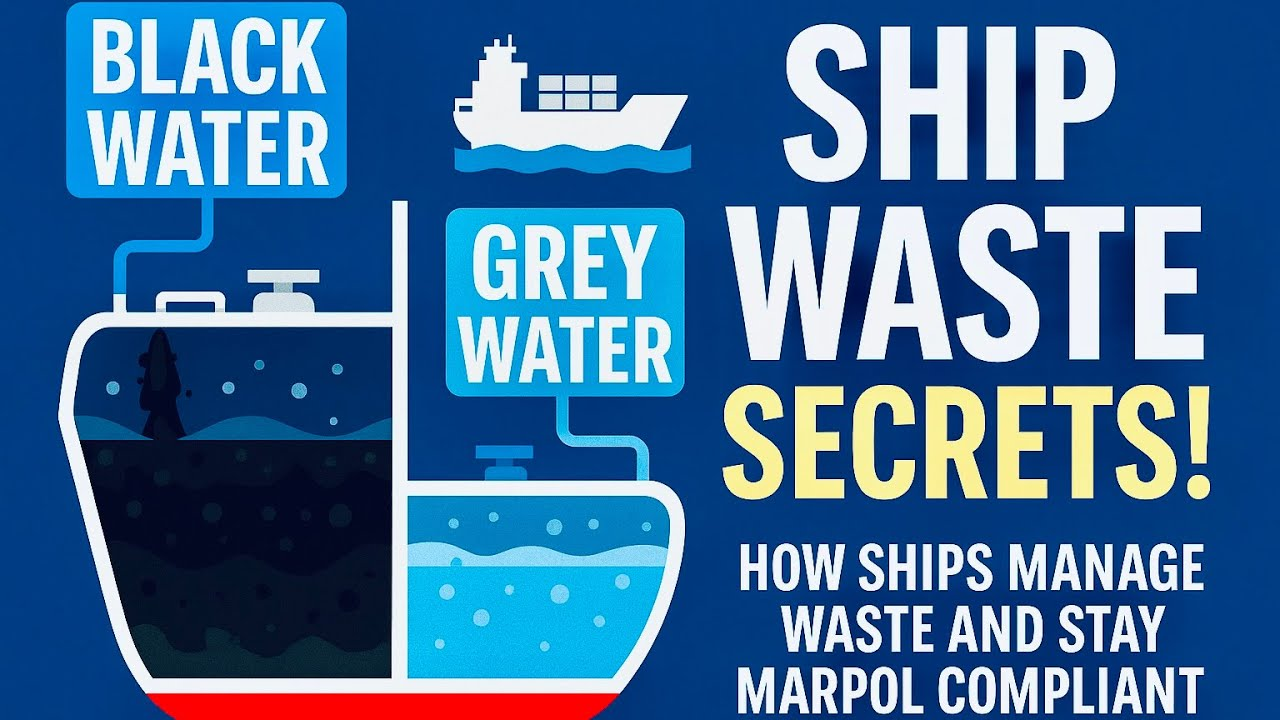
When it comes to wastewater management, not all used water is the same. Two terms often appear in discussions about recycling and sustainable water use: greywater and blackwater. While both come from households, businesses, and institutions, they differ in source, contamination level, treatment needs, and potential for reuse.
Understanding the distinction between greywater and blackwater is critical for anyone interested in water conservation, recycling, and environmental sustainability. This article breaks down the key differences, practical uses, and how both types of wastewater can be managed responsibly.
What Is Greywater?
Greywater refers to wastewater that comes from household and institutional sources excluding toilets. It is considered relatively “lightly used” water.
Sources of greywater include:
- Showers and bathtubs
- Bathroom sinks
- Washing machines and laundry areas
- Kitchen sinks (sometimes categorized separately due to grease content)
Key characteristics:
- Contains soap, dirt, hair, and small amounts of cleaning products.
- Free of fecal contamination in most cases.
- Easier and cheaper to treat compared to blackwater.
Potential uses:
- Irrigation of landscapes and gardens.
- Toilet flushing after basic treatment.
- Groundwater recharge (with proper treatment).
What Is Blackwater?
Blackwater refers to wastewater that contains toilet waste or has been contaminated by human excreta.
Sources of blackwater include:
- Toilets (urine and feces).
- Kitchen sinks (when heavily contaminated with grease, oils, and food waste).
- Dishwashers (food particles, oils, and chemicals).
Key characteristics:
- Contains pathogens, bacteria, and organic matter.
- Requires intensive treatment before it can be reused.
- Can pose health risks if untreated.
Potential uses (after treatment):
- Agricultural irrigation (non-food crops).
- Industrial cooling processes.
- Energy recovery through biogas production.
Greywater vs. Blackwater: Key Differences
| Aspect | Greywater | Blackwater |
|---|---|---|
| Source | Showers, sinks, laundry | Toilets, kitchen sinks (food waste), dishwashers |
| Contamination | Low (soap, dirt, cleaning products) | High (pathogens, fecal matter, grease) |
| Treatment Needed | Simple (filtration, disinfection) | Complex (biological, chemical, advanced) |
| Reuse Potential | Landscape irrigation, toilet flushing, recharge | Agriculture, industry, energy (after treatment) |
| Cost of Treatment | Lower | Higher |
| Health Risk | Minimal if treated properly | Significant if untreated |
How Greywater and Blackwater Are Treated
Greywater Treatment
- Filtration: Removes hair, lint, and particles.
- Settling tanks: Allow solids to sink and oils to rise.
- Disinfection: Chlorine or UV light kills bacteria.
- Storage systems: Treated greywater can be stored for reuse in toilets or irrigation.
Blackwater Treatment
- Primary treatment: Removes solids through sedimentation.
- Secondary treatment: Microorganisms break down organic matter.
- Tertiary treatment: Advanced methods like nutrient removal and membrane filtration.
- Energy recovery: Anaerobic digestion produces biogas for electricity or heat.
Overview Table
| Factor | Greywater | Blackwater |
|---|---|---|
| Origin | Non-toilet household use | Toilet and kitchen waste |
| Treatment Complexity | Low to moderate | High |
| Reuse Safety | Safe after basic treatment | Needs strict regulation |
| Environmental Impact | Reduces freshwater demand | Can pollute if untreated |
| Cost Efficiency | More affordable reuse | Higher cost to recycle |
| Best Use | Irrigation, flushing | Energy recovery, industry |
Why the Distinction Matters
- Policy and infrastructure design: Cities must separate greywater and blackwater streams for efficient recycling.
- Household sustainability: Homeowners can install simple greywater recycling systems, but blackwater requires centralized treatment.
- Environmental protection: Proper segregation prevents untreated sewage from harming rivers, soils, and ecosystems.
Real-Life Applications
- California, USA: Promotes greywater reuse systems for garden irrigation to conserve freshwater.
- Windhoek, Namibia: Treats blackwater for direct potable reuse, supplying drinking water to residents.
- Israel: Uses both treated greywater and blackwater in agriculture, maximizing reuse efficiency.
Final Thoughts
Greywater and blackwater may both be wastewater, but their differences in contamination, treatment needs, and reuse potential make them distinct. Greywater offers easier, cheaper reuse opportunities for households and institutions, while blackwater requires advanced treatment but can still provide immense value, especially in energy and agriculture.
Recognizing these differences helps communities adopt smarter water reuse strategies, reducing reliance on freshwater sources and supporting long-term sustainability.
FAQs
Q1: Can greywater be used directly without treatment?
It’s not recommended—basic filtration and disinfection are needed to ensure safety.
Q2: Is blackwater ever safe for drinking?
Yes, after advanced multi-stage treatment, blackwater can be purified into potable-quality water, as seen in Namibia.
Q3: Which is more cost-effective to reuse, greywater or blackwater?
Greywater is more affordable and easier to reuse, while blackwater requires higher investment and complex treatment.

